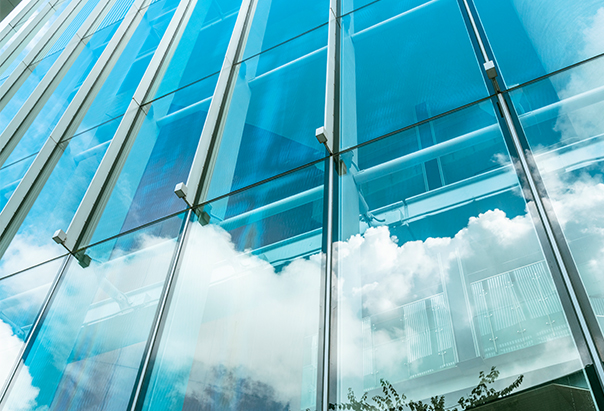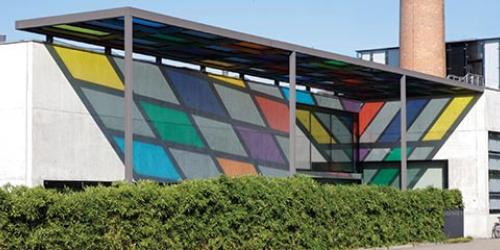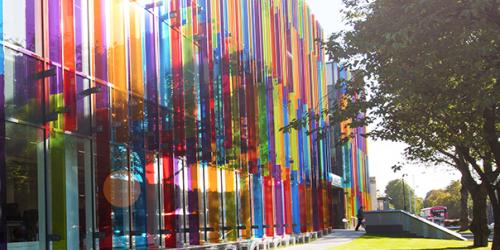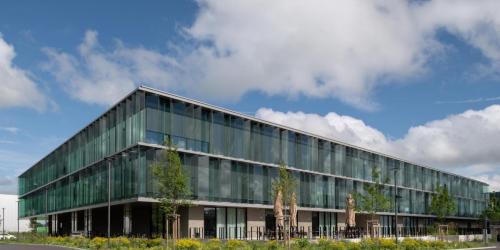Cube Berlin and The Kinder Building at the Museum of Fine Arts, Houston, recognized by The Architect’s Newspaper and USGlass Magazine.
Two high-profile projects using Saflex® PVB interlayers have received multiple honors from design competitions held by major publications. Both Cube Berlin and The Kinder Building at the Museum of Fine Arts, Houston (MFAH), were recognized for their outstanding facade designs by The Architect’s Newspaper 2021 Best of Design Awards (December 2021) and USGlass Magazine’s third annual Design Awards (January 2022).
Both projects addressed multiple design challenges, performance requirements, and structural needs with astute engineering as well as innovative use of Eastman interlayers—two Saflex PVB interlayers, in the case of Cube Berlin, and stacking Vanceva® PVB interlayers with Saflex PVB interlayers in the MFAH facade.
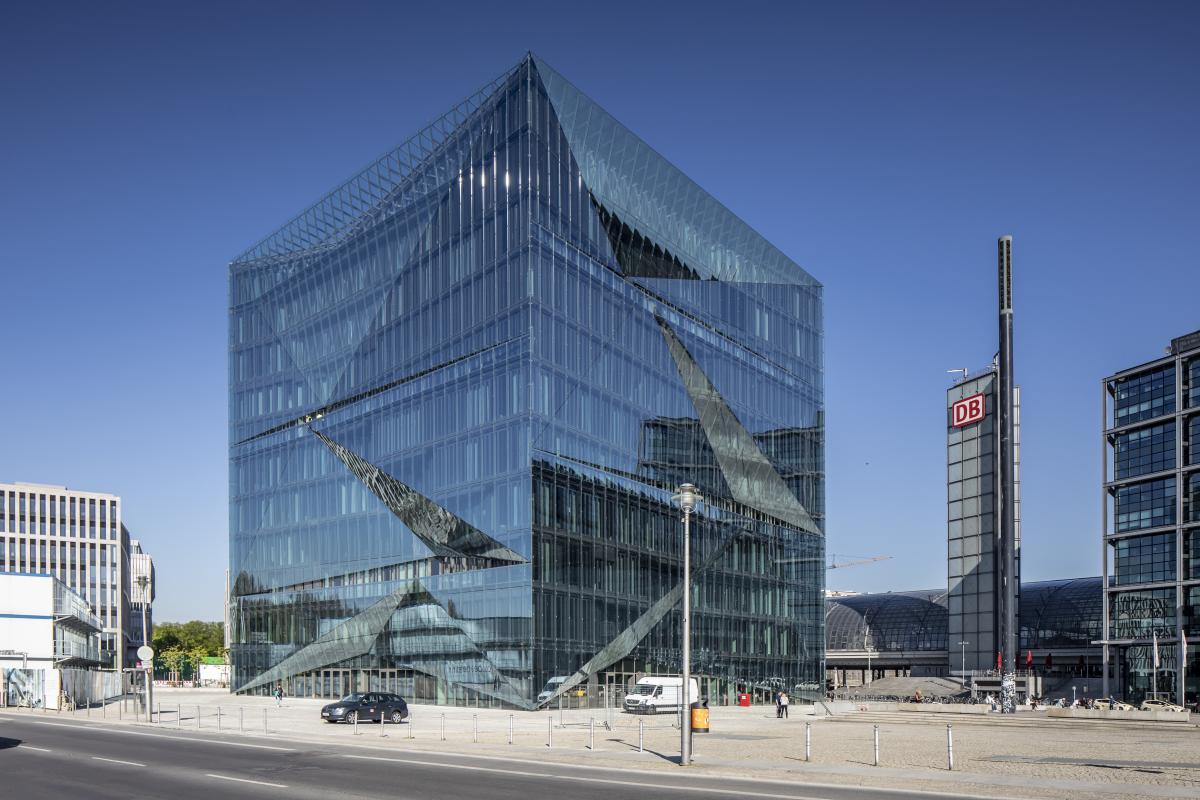
Cube Berlin
Located on Washingtonplatz across from Berlin Central Station in Germany, Cube Berlin is designed to simulate a sparkling block of ice. Exterior walls feature angular recesses that give the building movement.
The all-glass design by 3XN Architects presented multiple challenges, including energy concerns and structural integrity. The facade uses coatings and PVB interlayers in a unique combination to address strict energy requirements while maintaining solar functionality.
Guardian Glass and Eastman selected, tested, and used reflective solar coatings on the building’s outer skin while adding a Saflex solar-absorbing PVB interlayer to control solar heat gain in the cavity. The team created a solar-absorbing, solar-reflecting effect in a single laminate, merging structural and solar PVB technologies. The novel approach of dual technologies received approval from Zulassung im Einzelfall (ZiE), a national standards board.
Glass lamination for the inner skin was provided by Reflex, while BGT provided the outer skin. Drees & Sommer served as the project’s facade consultant.
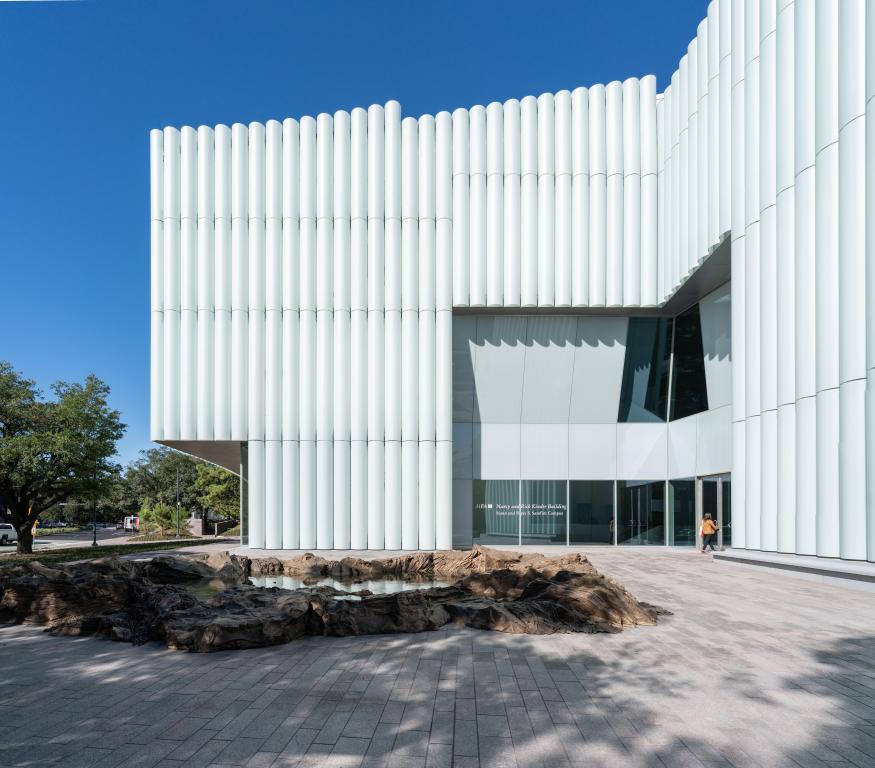
The Kinder Building, Museum of Fine Arts Houston
Steven Holl Architects used translucent interlayers to fine-tune the light transmission, so the museum’s art is enjoyed in natural sunlight yet remains protected from damaging UV rays. The design called for a “cool jacket" facade.
The entire structure is encased in a ventilated facade of approximately 1,150 translucent glass tubes fabricated by Shennanyi and constructed by Josef Gartner (Permasteelisa North America) and Knippers Helbig Advanced Engineering.
The glass tubes are acid etched with four translucent Vanceva Arctic Snow PVB interlayers that precisely control the amount of daylight passing through them while providing a high degree of safety. Opaque, punched openings in the weather wall offer a different experience of light behind the glass tubes, and daylight flows in from clerestory glazing. At night, the glass tubes glow with a soft, artificial light for a luminous streetscape.
The Museum of Fine Arts, Houston, was the Exterior Winner of the 2020 Vanceva World of Color Awards™ and runner-up in Glass Magazine’s Project of the Year.





